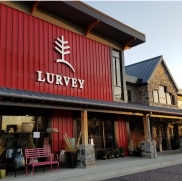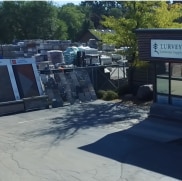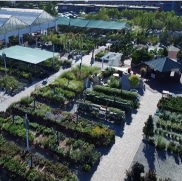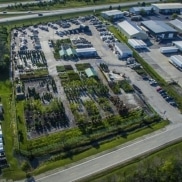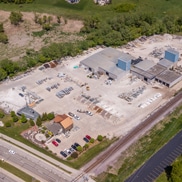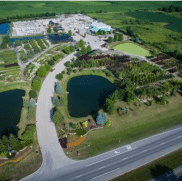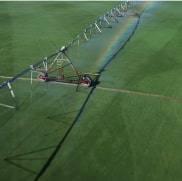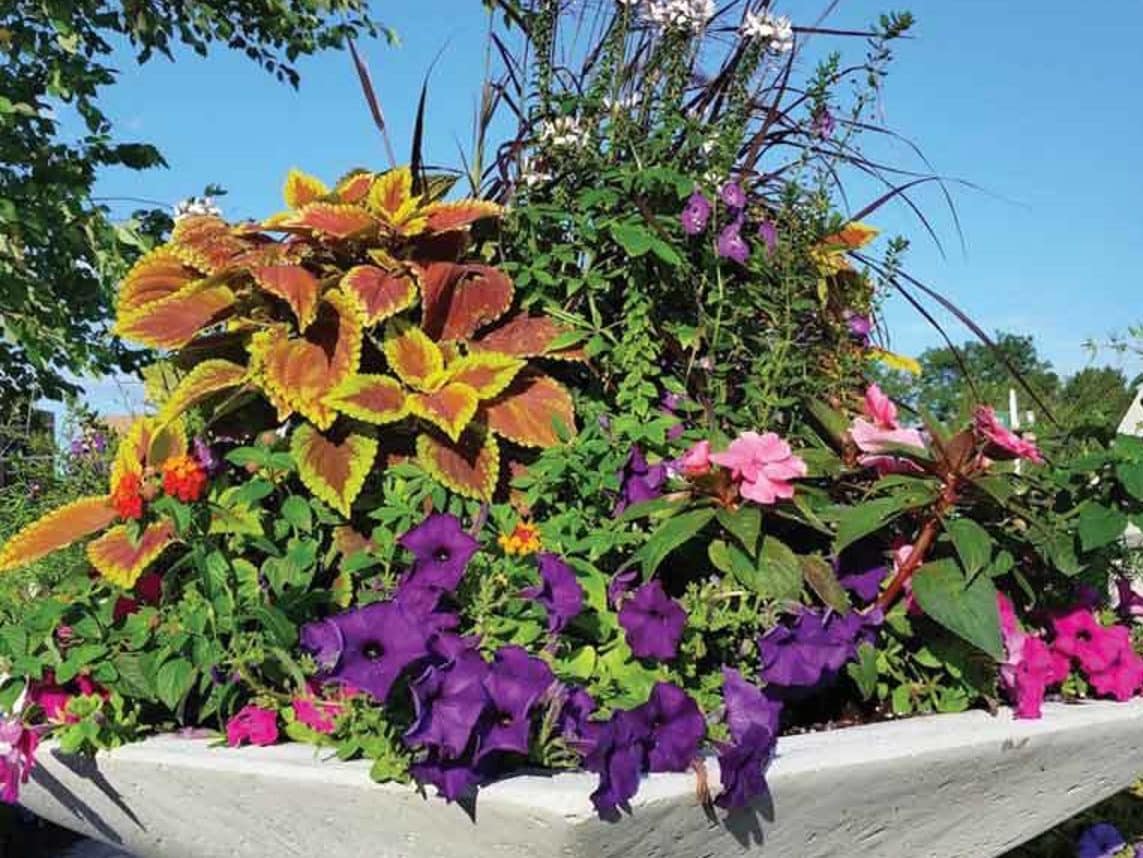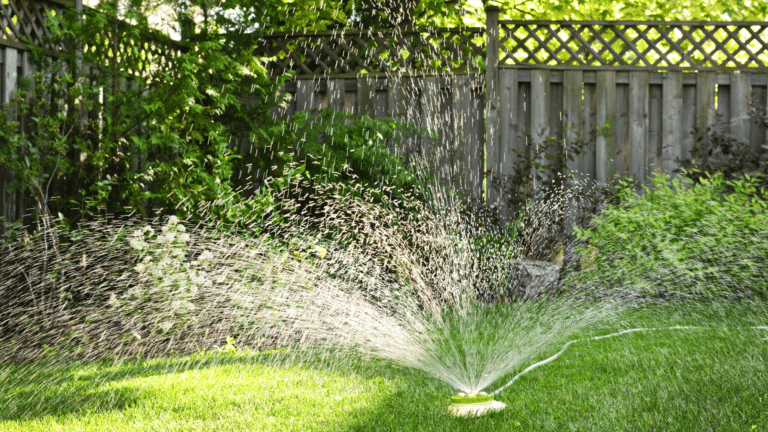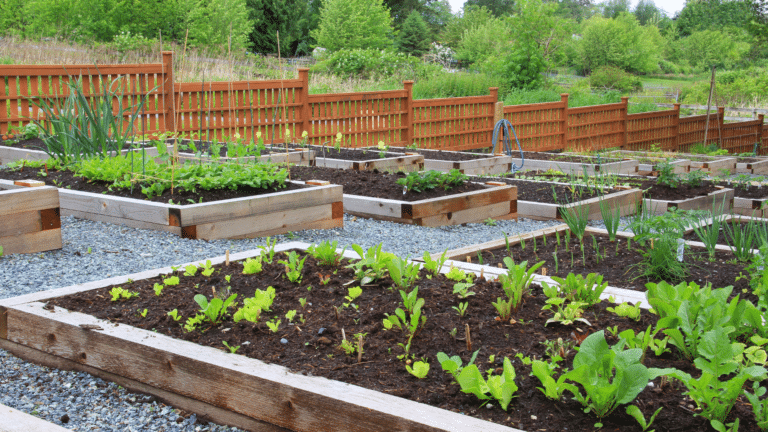Drop-in containers are designed to be placed in a decorative container and switched out for the seasons, spring, summer, fall, and winter, to have a continuous show of flowers and foliage throughout the year in the most cost-effective way.
Containers
Choose a container that fits your style and is large enough to fit the typical size inserts of 10”, 12”, and 15”. The inside opening should fit these, and the depth can be filled in to secure the insert. A drainage hole is especially important.
Soil – A lite potting soil such as Fox Farm Ocean Forest, Midwest Trading Professional potting soil, or Adoria Potting Soil, all are organic lite mixes that are perfect for containers.
Growing Conditions – Where is the container being placed? Sunny, shady, dappled light, windy at times, protected by rain or in the open. These conditions will help in the selection of plants appropriate for sun or shade and if they will be in a harsh environment or a protected one.
Plants and Placement
Your choice for the style you desire whether wild looking or formal, but please choose plants with similar moisture requirements or sun and shade needs. A shade plant will not do well in a sunny spot. Think about colors – bold, contrasting, monochromatic. Textures of plants – grassy, large leaf, fuzzy leaf. Besides flowering plants, do not forget about foliage plants that can last for all the seasons. Next would be choosing the “thrillers,” “fillers”, and “spillers” that fit the above requirements. Thrillers are tall specimen plants that can be placed in the center, back, or side of a planter. If making two planters, the placement of plants should be on opposite sides. Fillers can be flowers and foliage plants that fill the body of the container. Spillers are plants that trail over the sides of the container.
Highlights and Decorations – Once plants are in or as you are planting, place sticks or dried material or any decorations to highlight areas and fill in voids of the planting. Personal style will help you choose.
Watering – Water when needed and not on a schedule. The different seasons and plants will have different watering needs. Summer would require more watering while fall will not. Overwatering is the number one killer of plants, and containers in the shade may not require as much. Be sure to water enough so moisture goes down 6” to 8” and not just the surface.
Fertilization – Starting at the end of May start to fertilize with either a liquid, once every few weeks, or a granular once a month until the end of September or when you change out in fall.
